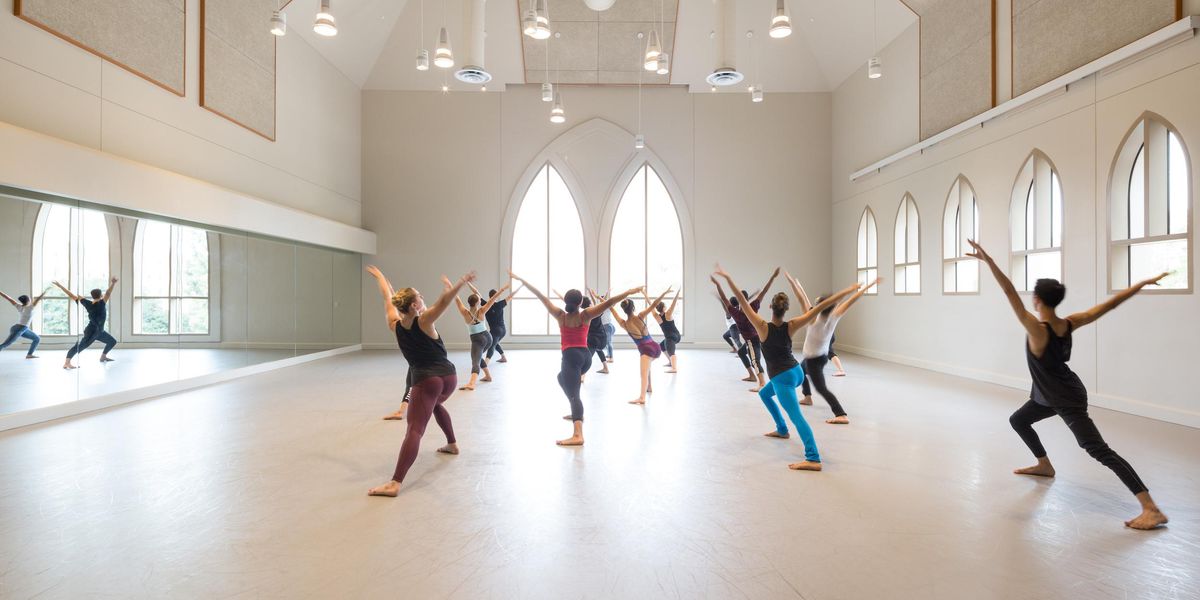Your Body Tips
Don’t Be Afraid
of a Break
Once your winter season ends, take some time off to rest and recharge—you won’t lose all the hard-earned fitness you’ve gained. Exercise increases the number of nuclei in muscle cells, and that number remains elevated even when you spend a few weeks on the couch. Because those nuclei are already there, ready to stimulate muscle protein synthesis, it’s easier to regain strength and endurance than it was to build it in the first place. Although it will be challenging to reenter the studio at first, your body will bounce back before you know it.
Winter Vitamin D Fix
Most dancers have low levels of vitamin D—a major risk considering you need it for strong bones. In northern cities like Portland, Chicago, New York and any others above their latitude, it’s even harder to get the recommended 600 international units daily because the sun’s rays aren’t strong enough in the winter. A new informational paper from Dance/USA’s Taskforce on Dancer Health encourages dancers living in those areas to supplement with these foods high in vitamin D:
• fatty fish (salmon, canned mackerel or tuna)
• egg yolks
• mushrooms that have been treated with UVB light
• vitamin D–fortified dairy and cereal products
Visualize This
Psychologists have long known that imagining a perfect performance before stepping onstage can enhance your dancing. But the results of a
recent study at Vanderbilt University have taken this idea one step further, by demonstrating that your imagination works just as well as—if not better than—practice. In the study, participants were tested on how quickly they located certain images on a computer screen. But before the test, some participants were asked to imagine it, while others were given a practice run. Surprisingly, those who imagined searching for the target were faster, more accurate and showed more improvement than those who had practiced. Researchers believe that visualization can change the way the brain processes information at the earliest levels. The next time you’re warming up, take a moment to see yourself moving with ease: Visualize control and stability in your body, and work to train the relationship between your mind and your muscles.
Cheese, Please
File this under very welcome news: Scientists recently found that people who ate more cheese had higher levels of butyric acid, which has been linked to higher metabolism and lower cholesterol. This is because cheese stimulates the healthy microbes in our gut. Of course, cheese is high in calories, so anyone hoping for slimming side effects should eat it in moderation.
Protein Power
Want to keep hunger from striking in the middle of rehearsal? Increase your protein intake. Researchers have found growing evidence that we should be consuming 50 to 100 percent more than the current Recommended Daily Allowance, which suggests 0.36 grams for every pound of body weight (about 41 grams for a 115-pound adult). New studies have shown that at this higher intake, people feel full for longer—especially if they build their breakfasts around protein-rich choices like eggs or yogurt. Since the
body can only absorb so much protein at one time,
spread your intake throughout the day, aiming to
get at least 10 to 15 grams at each meal and snack.
Another Reason
to Meditate
Here’s a tip for any dancemakers who’ve struggled with choreographer’s block: Cognitive psychologists at Leiden University in the Netherlands found that open-monitoring meditation—in which you stay open to all thoughts and sensations rather than focusing on any one particular concept—increases divergent thinking, or the generation of new ideas.





